Home>Garden Essentials>Where Are The Seeds In A Carrot
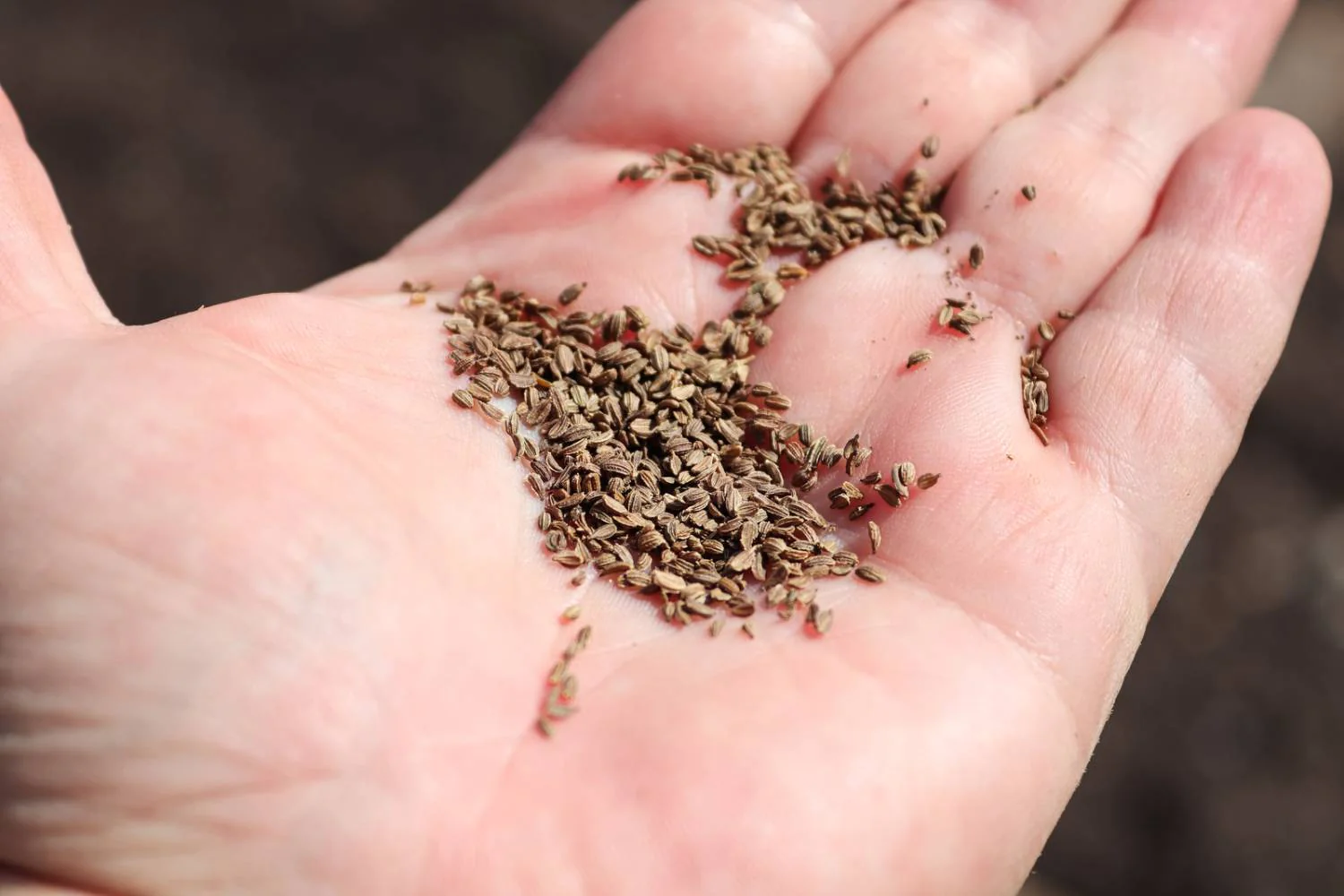

Garden Essentials
Where Are The Seeds In A Carrot
Modified: March 15, 2024
"Discover the secret to finding seeds in a carrot for your garden. Learn how to properly harvest and save carrot seeds for future plantings."
(Many of the links in this article redirect to a specific reviewed product. Your purchase of these products through affiliate links helps to generate commission for Storables.com, at no extra cost. Learn more)
Introduction
Welcome to the fascinating world of gardening! It is a hobby that brings joy, satisfaction, and a closer connection to nature. Whether you are a seasoned gardener or a beginner, understanding the intricacies of plant reproduction is essential to successfully growing your own vegetables. In this article, we will dive into the realm of carrots and explore the intriguing question: where are the seeds in a carrot?
Carrots, scientifically known as Daucus carota, are root vegetables that are widely appreciated for their crisp texture, sweet flavor, and vibrant colors. They are not only a versatile culinary ingredient but also a fantastic source of essential vitamins and minerals.
Before we delve into the mystery of where the seeds are located in a carrot, let’s first take a closer look at the anatomy of this beloved vegetable.
Key Takeaways:
- Carrot seeds are not found in the fleshy root we eat, but inside delicate flowers that bloom in the second year. Understanding this can help gardeners grow their own carrot varieties and ensure successful seed production.
- Factors like variety, climate, pollination, spacing, watering, and pest management can affect the development of carrot seeds. Providing optimal growing conditions can enhance the chances of successful seed production in carrot plants.
Read more: Where Are Carrot Seeds On The Plant
Anatomy of a Carrot
Carrots, with their familiar orange hue and elongated shape, have a unique structure that contributes to their delicious taste and nutritional value. Let’s explore the various parts of a carrot:
- Root: The carrot’s root is the edible and most recognizable part of the vegetable. It is elongated, tapering at one end, and typically has a smooth skin. The root is the storage organ for nutrients, especially carbohydrates, which provide the energy for the carrot’s growth and development.
- Foliage: Above the ground, the carrot features green foliage in the form of slender, feathery leaves. These leaves, also known as carrot tops, emerge from the crown of the root and play a crucial role in photosynthesis, converting light energy into chemical energy.
- Stem: Contrary to popular belief, carrots do not have a noticeable stem above ground. Any stem-like structures found on a carrot are usually small and inconspicuous.
- Flower: Carrots are biennial plants, which means their life cycle spans two years. In their second year, under specific conditions, carrots produce a flowering stalk. The flowers are small and clustered together in umbrella-shaped umbels.
Now that we have covered the basic anatomy of a carrot, let’s delve into the fascinating world of carrot reproduction and seed production.
Reproduction in Carrots
Like other flowering plants, carrots reproduce sexually through a process called pollination. Carrot plants have both male and female reproductive structures, allowing for self-fertilization. However, cross-pollination can occur through the action of pollinating insects, wind, or human intervention.
The female reproductive structures of a carrot are located within the flower. The ovary, which contains the female sex cells or eggs, is situated at the base of the flower. The male reproductive structures, known as stamens, produce pollen. The pollen is transferred from the stamens to the stigma, a receptive surface located at the top of the female structure. This process is known as pollination.
After successful pollination, the pollen travels down the stigma and reaches the ovary. Here, fertilization takes place, resulting in the formation of seeds. The ovaries develop into fruit, which is what we refer to as the carrot’s root in culinary terms.
Next, let’s explore the fascinating journey of seed production in carrots.
Seed Production in Carrots
Seed production in carrots is a complex and time-consuming process that occurs in the second year of the plant’s life cycle. During the first year, the carrot grows its edible root and stores energy for the formation of flowers and seeds in the following year.
In the second year, the carrot plant undergoes a shift in focus from root development to seed production. The plant begins to allocate its resources towards producing beautiful, delicate flowers on tall stalks, known as bolting.
The flowering process begins with the emergence of the flower stalk from the crown of the root. The stalk elongates, and small, umbrella-shaped clusters of flowers called umbels develop at its tip. Each umbel contains numerous tiny, individual flowers.
Pollination is crucial for successful seed production in carrots. The movement of pollen from the stamens to the stigma initiates fertilization and seed development. Cross-pollination can occur when pollen from one carrot plant is transferred to the stigma of another carrot plant. In contrast, self-pollination happens when the pollen from the same plant is used for fertilization.
As the flowers mature, they produce seeds within the ovary. The petals of the flower wither, and the ovary begins to swell and mature into a seed pod. The seed pod gradually dries out and darkens as the seeds mature.
Once the seed pod reaches maturity, it splits open, releasing the seeds. The seeds are small, brown, and cylindrical with distinct ridges. Each seed contains the genetic information necessary for the development of a new carrot plant.
Now that we understand the process of seed production in carrots, let’s uncover the fascinating location of these seeds within the carrot itself.
Carrot seeds are found in the flowers that develop after the carrot plant bolts. To collect seeds, allow the flowers to dry on the plant, then harvest and store the seeds for planting.
Seed Location in a Carrot
Contrary to popular belief, the seeds in a carrot are not found within the fleshy root that we commonly consume. Instead, the seeds are located inside the flowers that develop during the plant’s second year of growth.
Carrot flowers are small and delicate, grouped together in umbrella-shaped clusters known as umbels. Each individual flower in the umbel has the potential to produce seeds. The flowers contain both male and female reproductive structures necessary for fertilization and seed development.
Once pollination occurs and the fertilization process is complete, the flowers begin to transform into seed pods. These seed pods, also known as fruit, develop from the ovary at the base of the flower.
Gradually, the seed pods mature and harden. They change color from green to brown, indicating the seeds inside have reached their full development. At this stage, the seed pods split open, allowing the mature seeds to be dispersed into the surrounding environment.
It is worth noting that when growing carrots for culinary purposes, the emphasis is on developing a robust and flavorful root. As a result, commercial carrot varieties are often selected for their large, sweet roots rather than their ability to produce abundant seeds.
However, if you want to collect carrot seeds for future planting or experimenting with different carrot varieties, it is essential to allow some plants to remain in the ground during their second year to complete their life cycle and produce flowers and seeds.
Now that we’ve uncovered the location of carrot seeds within the flowers, let’s explore some factors that affect seed development in carrots.
Read more: What Are Carrot Seeds
Factors Affecting Seed Development in Carrots
The successful development of seeds in carrots can be influenced by various factors. Let’s take a look at some key elements that can impact seed production:
- Variety: Different carrot varieties have varying abilities to produce seeds. Some varieties are bred for their seed production qualities and are known as “seed carrots.” These varieties have traits that promote flower and seed development.
- Climate: Carrots are cool-season crops that thrive in moderate temperatures. The ideal temperature range for seed development is typically between 60°F (15°C) and 70°F (21°C). Extreme heat or cold can negatively impact flower and seed formation.
- Pollination: Proper pollination is crucial for seed development. Carrots have the ability to self-pollinate, but cross-pollination can occur through insects, wind, or human intervention. To ensure adequate pollination and seed set, it is beneficial to have a diverse population of pollinators in the garden.
- Spacing and Plant Density: Carrots require adequate spacing for optimal growth and seed production. Overcrowding can lead to competition for resources, resulting in reduced flower and seed development. Providing enough space between plants allows for proper air circulation and access to pollinators.
- Watering and Fertilization: Consistent and adequate watering is crucial for seed development in carrots. Dry conditions can lead to poor flower development and seed set. Additionally, providing sufficient nutrients through balanced fertilization promotes healthy plant growth and seed production.
- Pest and Disease Management: Carrot plants can be susceptible to various pests and diseases that can hinder seed development. Implementing proper pest and disease management practices, such as regular inspection, appropriate use of organic or chemical controls, and crop rotation, can help promote healthy plants and optimize seed production.
By considering these factors and providing optimal growing conditions, you can enhance the chances of successful seed development in your carrot plants.
Now that we have explored the factors affecting seed development, let’s conclude our journey into the world of carrots.
Conclusion
Exploring the world of carrots and their seed production has shed light on the intricate process of plant reproduction. Although the seeds are not located within the fleshy root of the carrot, they develop within the flowers that emerge in the second year of the plant’s life cycle.
Understanding the anatomy of a carrot, the reproductive processes involved, and the factors that affect seed development can help gardeners cultivate their own carrot varieties and ensure successful seed production.
Whether you are a passionate gardener seeking to experiment with different carrot varieties or simply curious about the inner workings of these beloved vegetables, delving into the world of carrots and their seeds provides a deeper appreciation for nature’s complexity and the cycles of life.
So, the next time you enjoy a flavorful carrot, remember the hidden beauty of the flowers and the potential for new life contained within. And if you’re up for the challenge, consider allowing a few carrot plants to reach their second year, witness the blooming of delicate flowers, and experience the joy of collecting your own carrot seeds for future gardening endeavors.
Happy gardening and may your carrot seeds sow the seeds of a bountiful harvest for years to come!
Frequently Asked Questions about Where Are The Seeds In A Carrot
Was this page helpful?
At Storables.com, we guarantee accurate and reliable information. Our content, validated by Expert Board Contributors, is crafted following stringent Editorial Policies. We're committed to providing you with well-researched, expert-backed insights for all your informational needs.
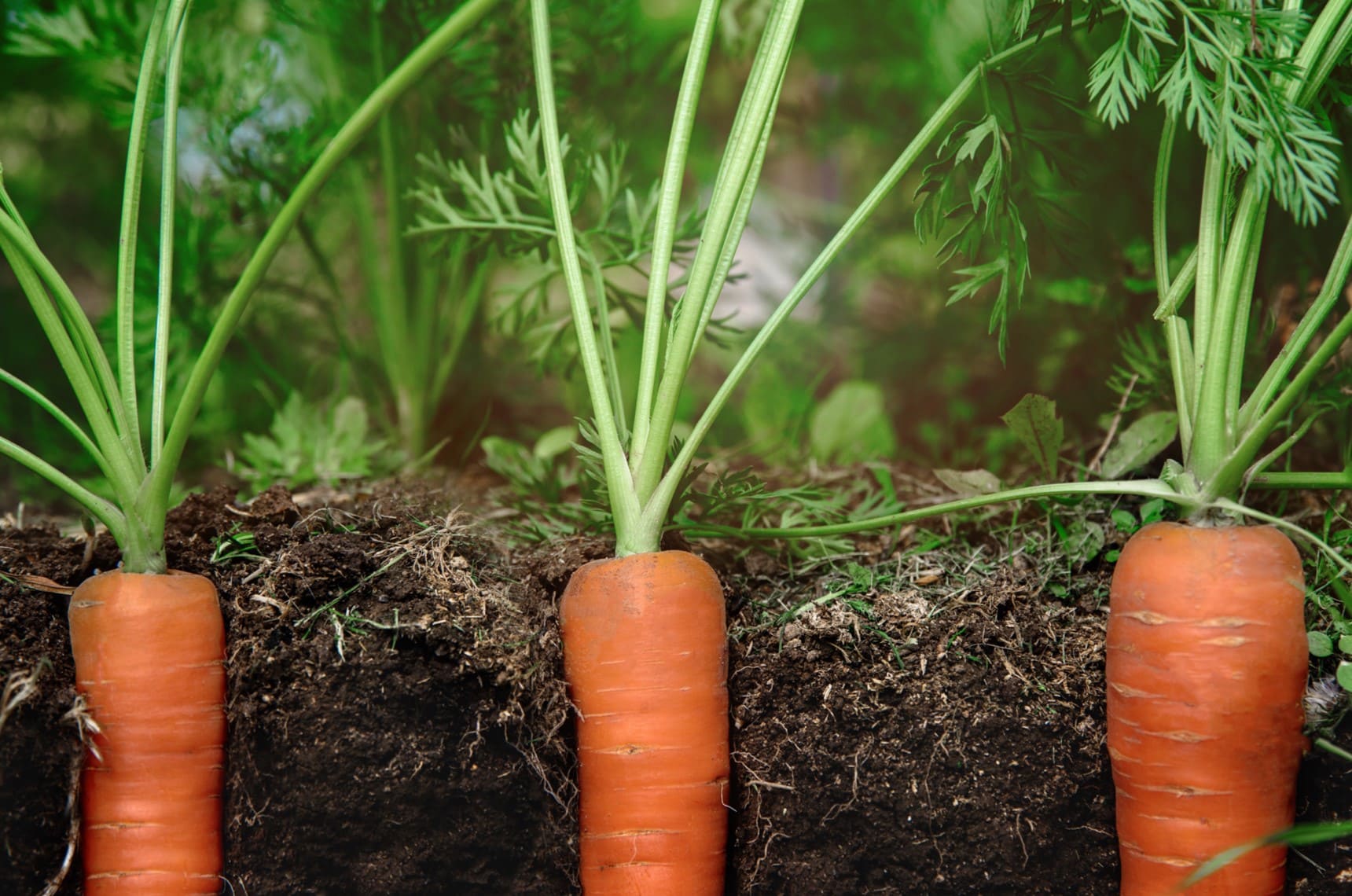
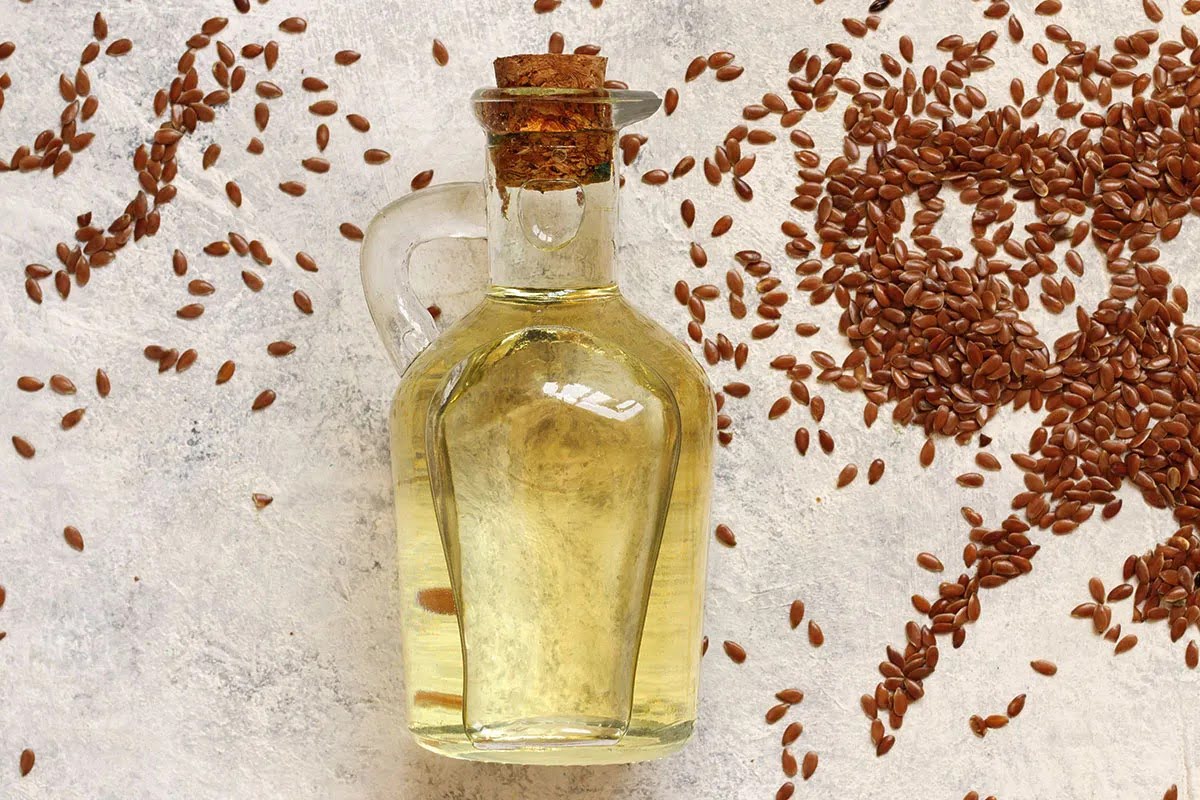
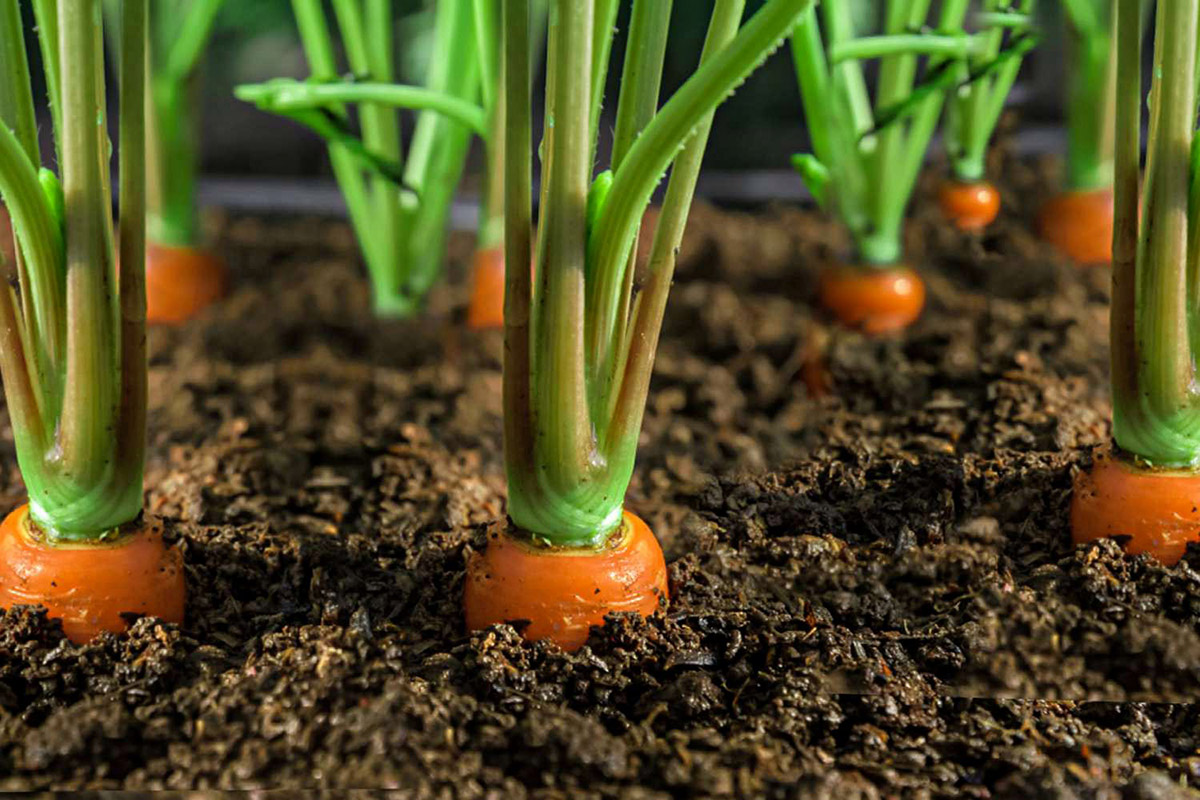
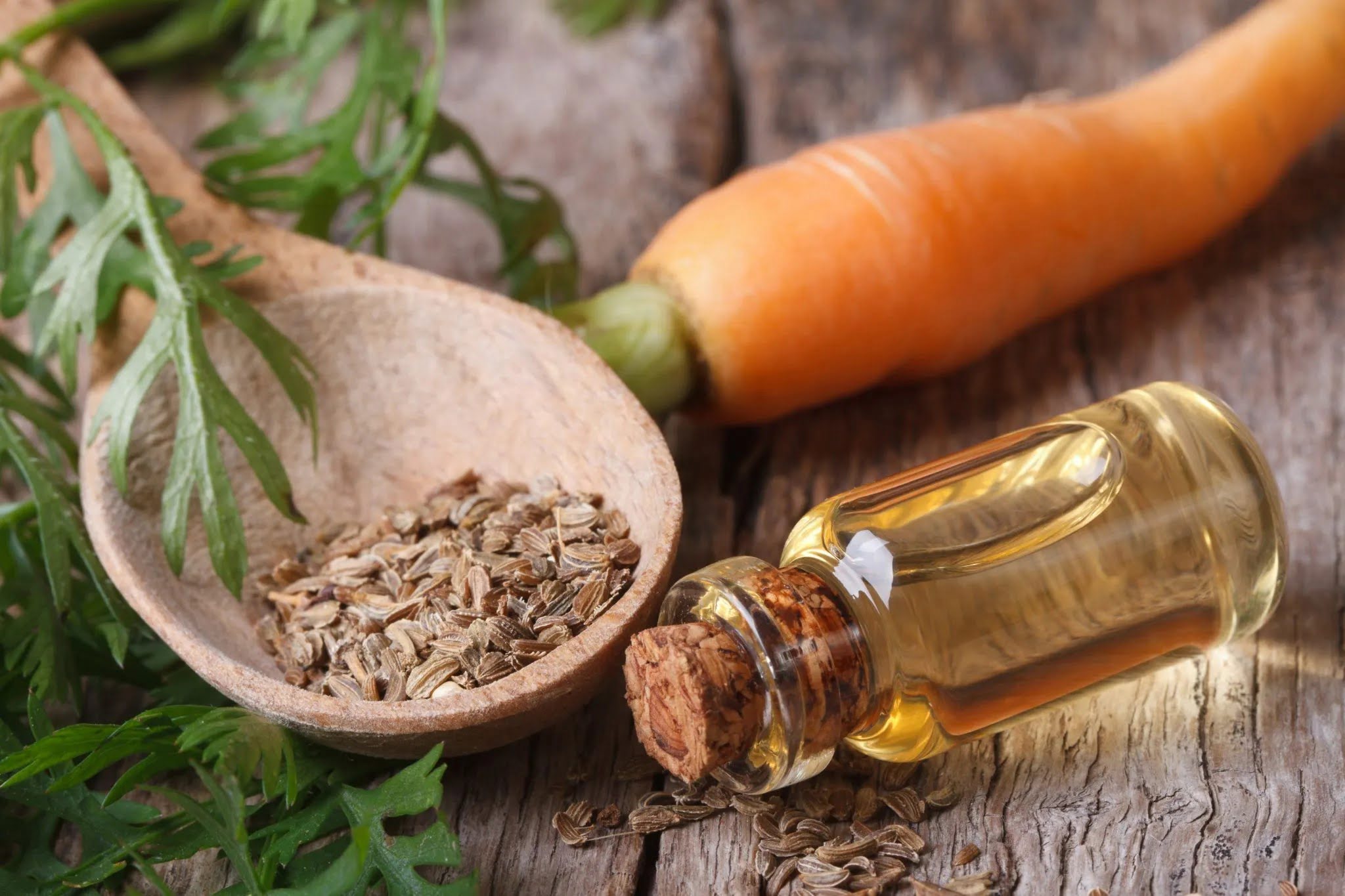

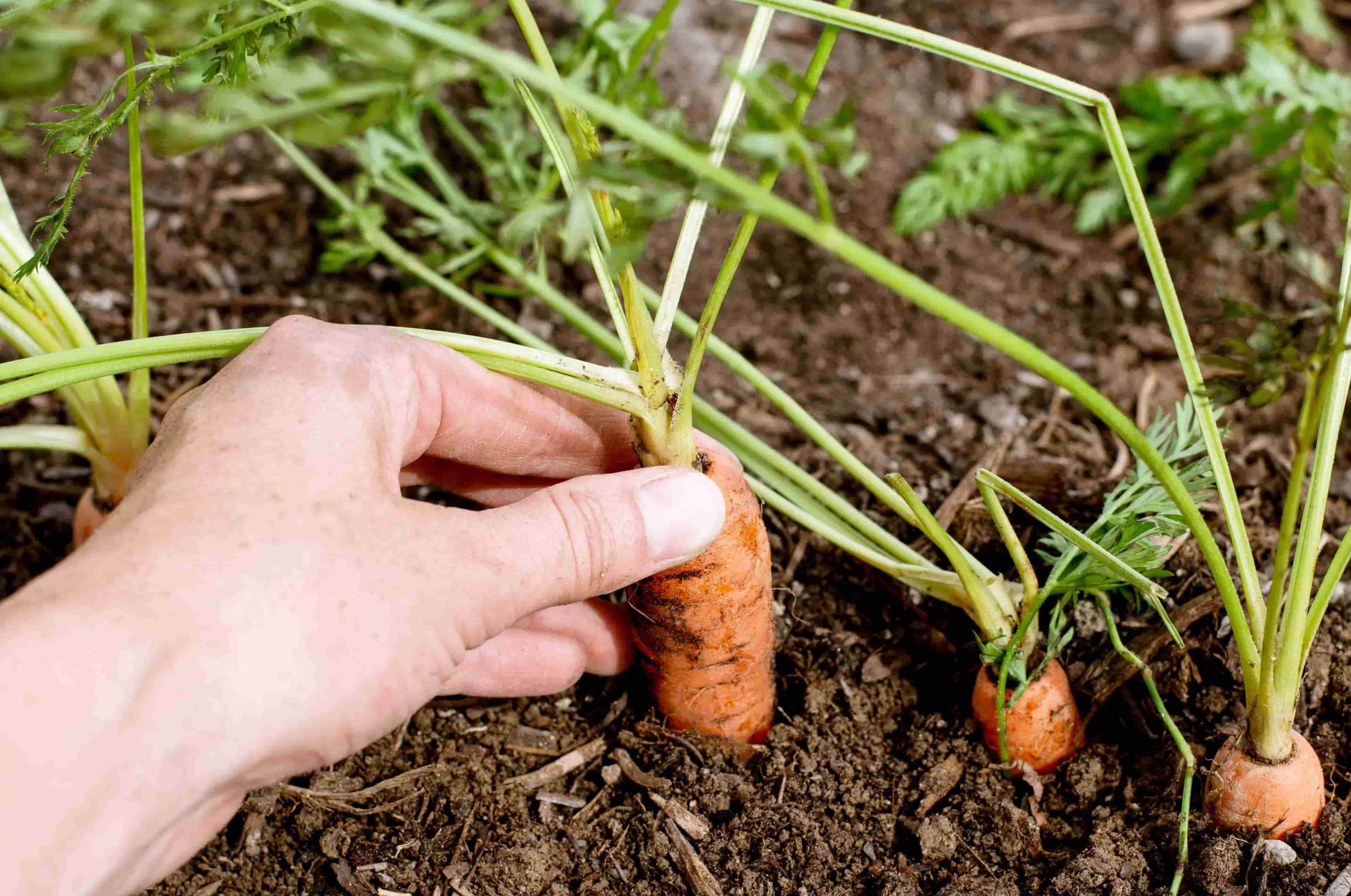
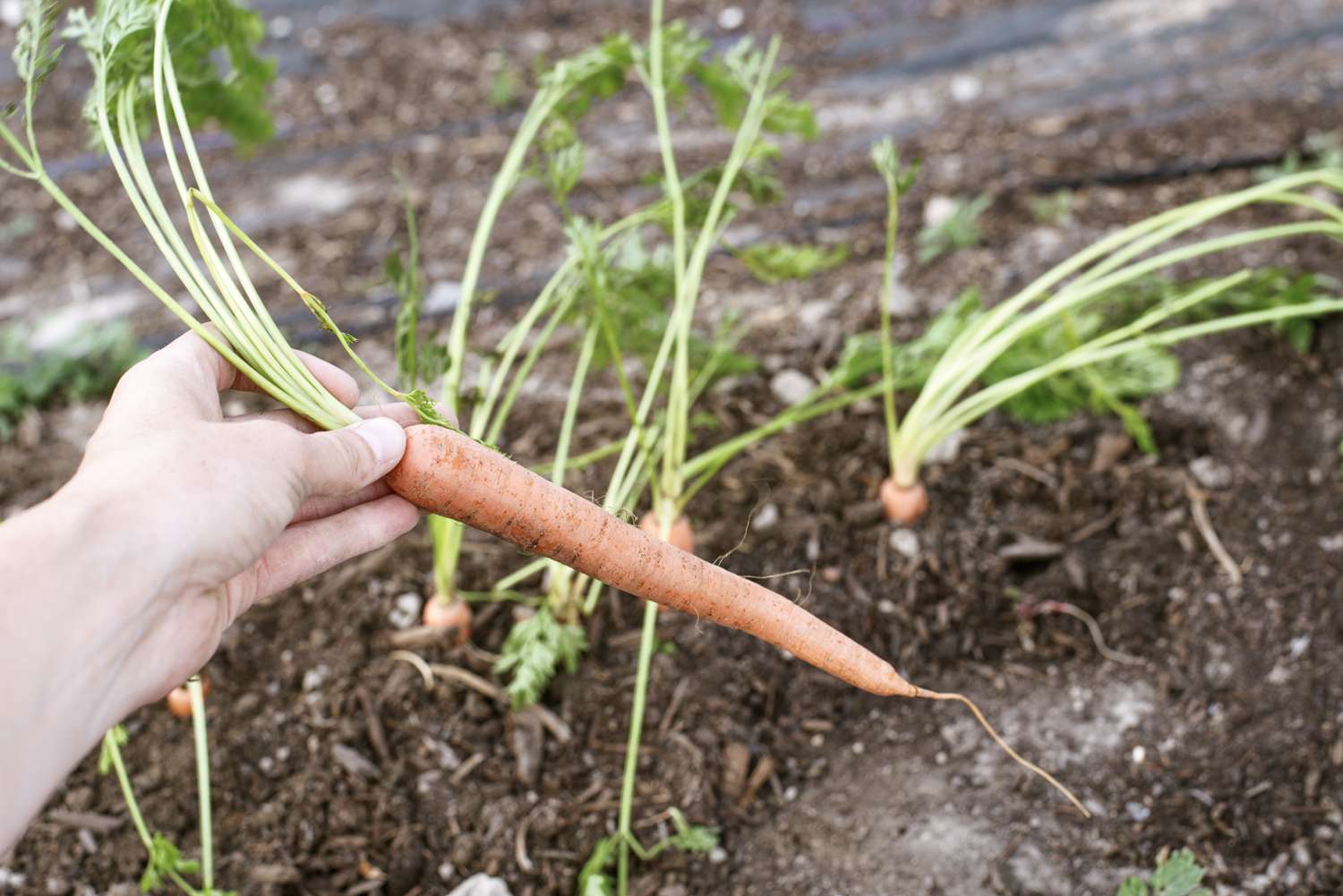
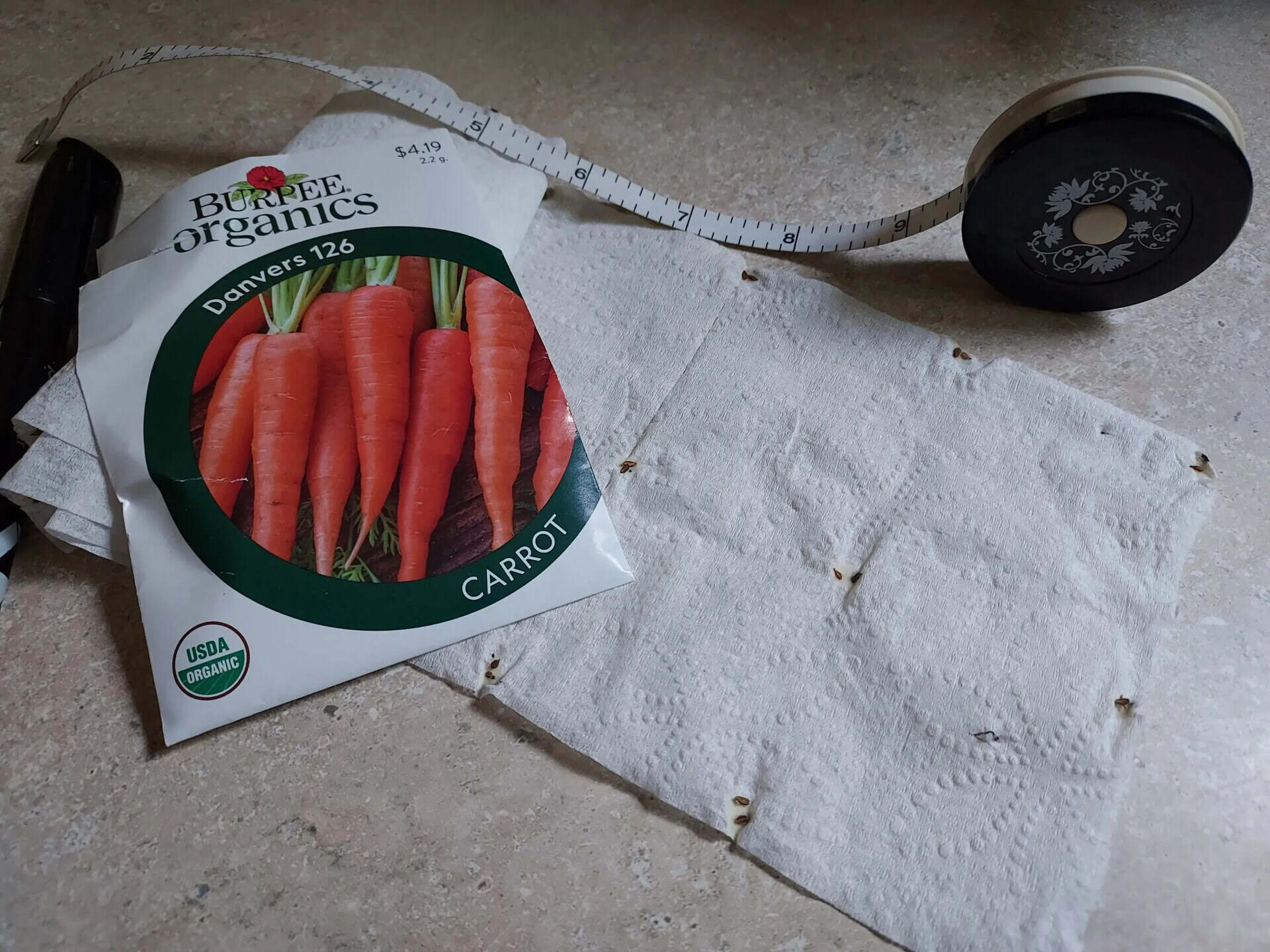
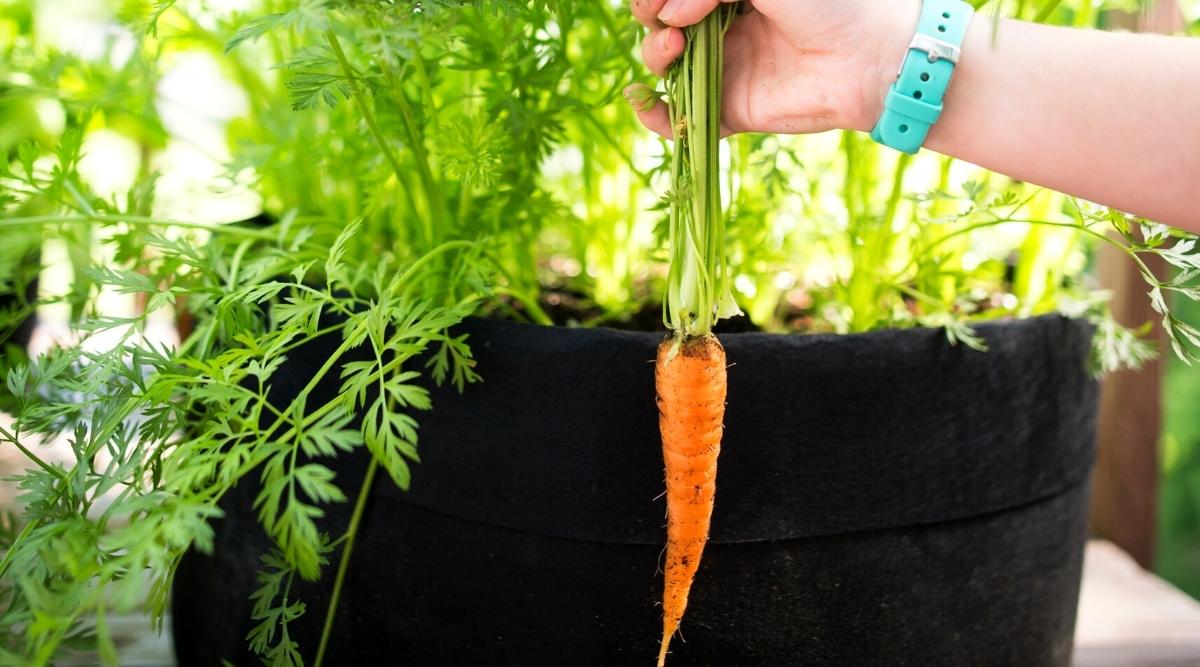
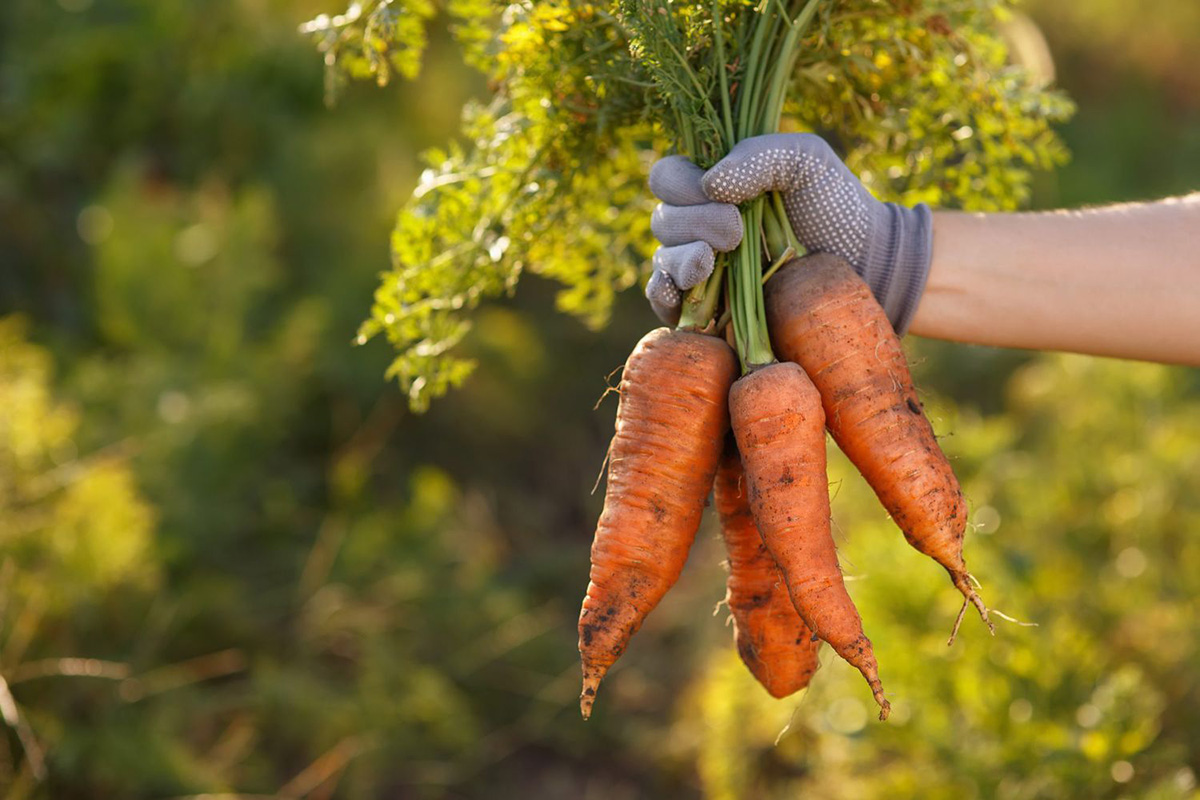
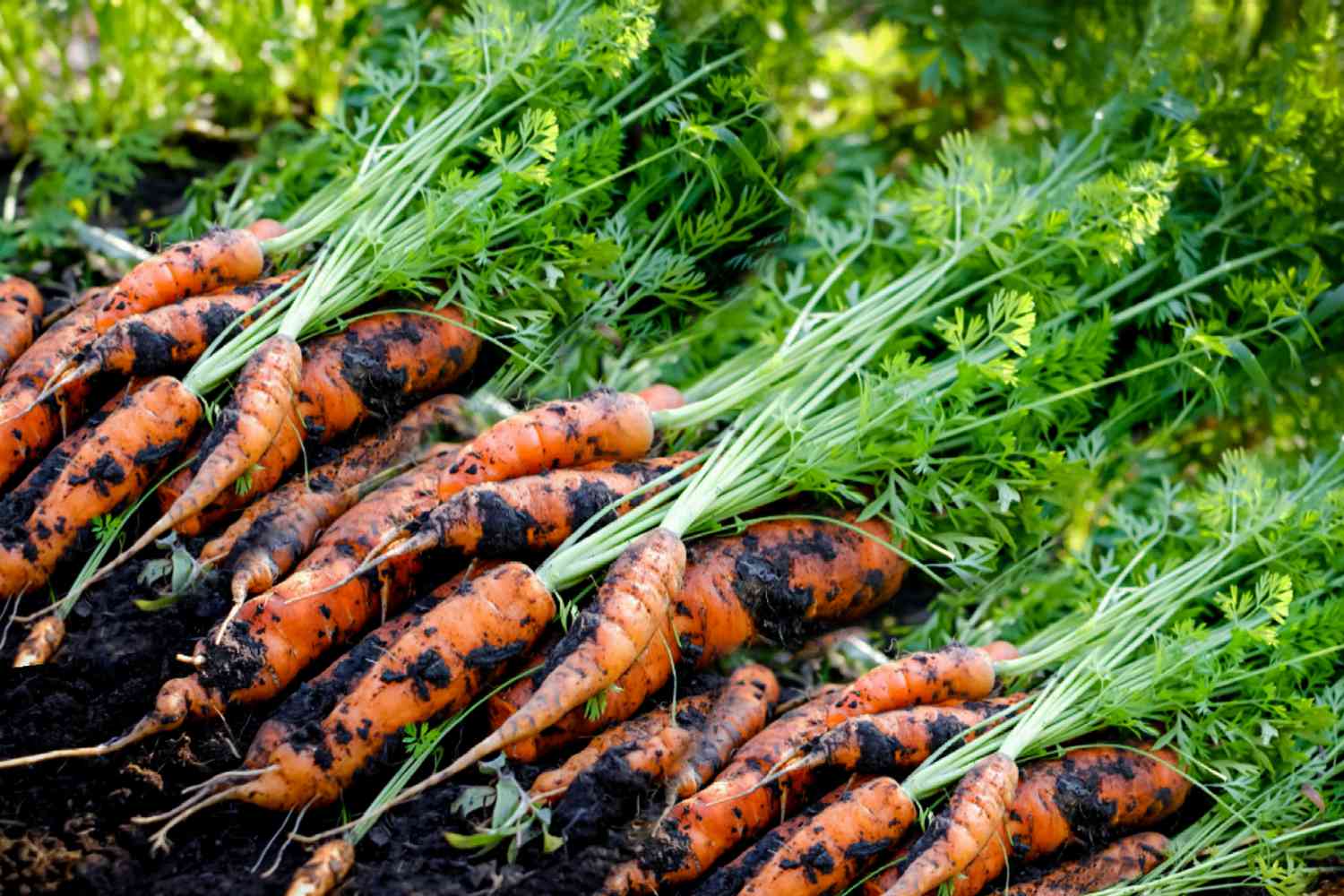
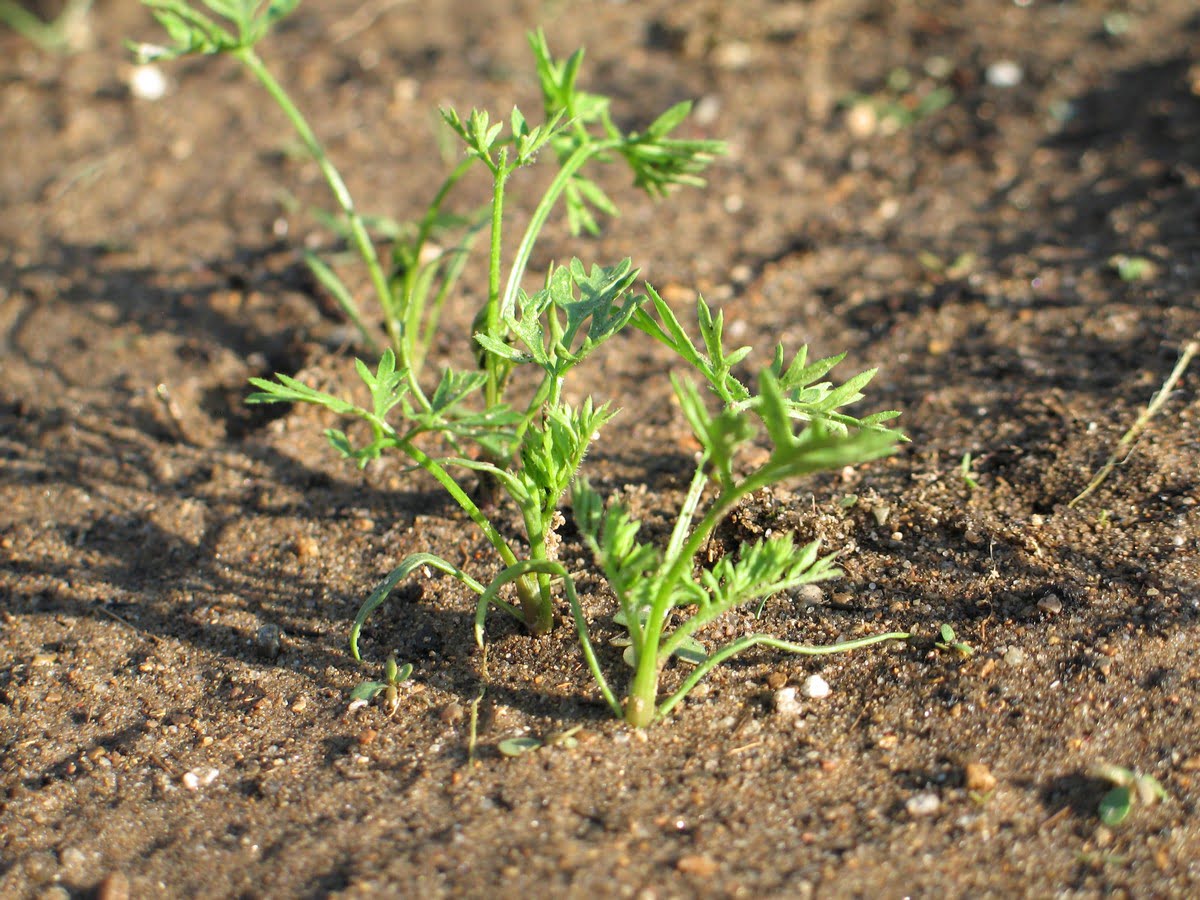
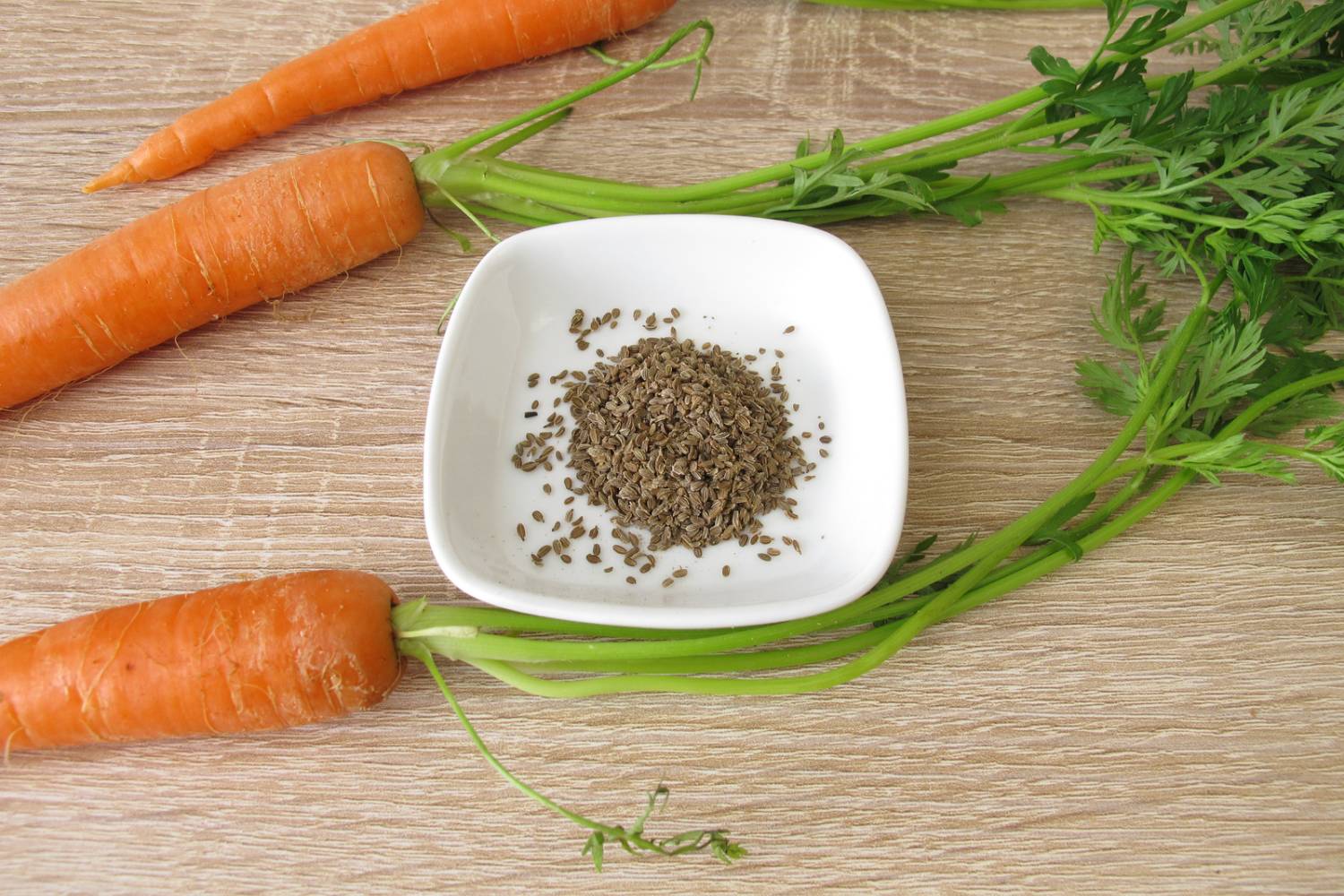
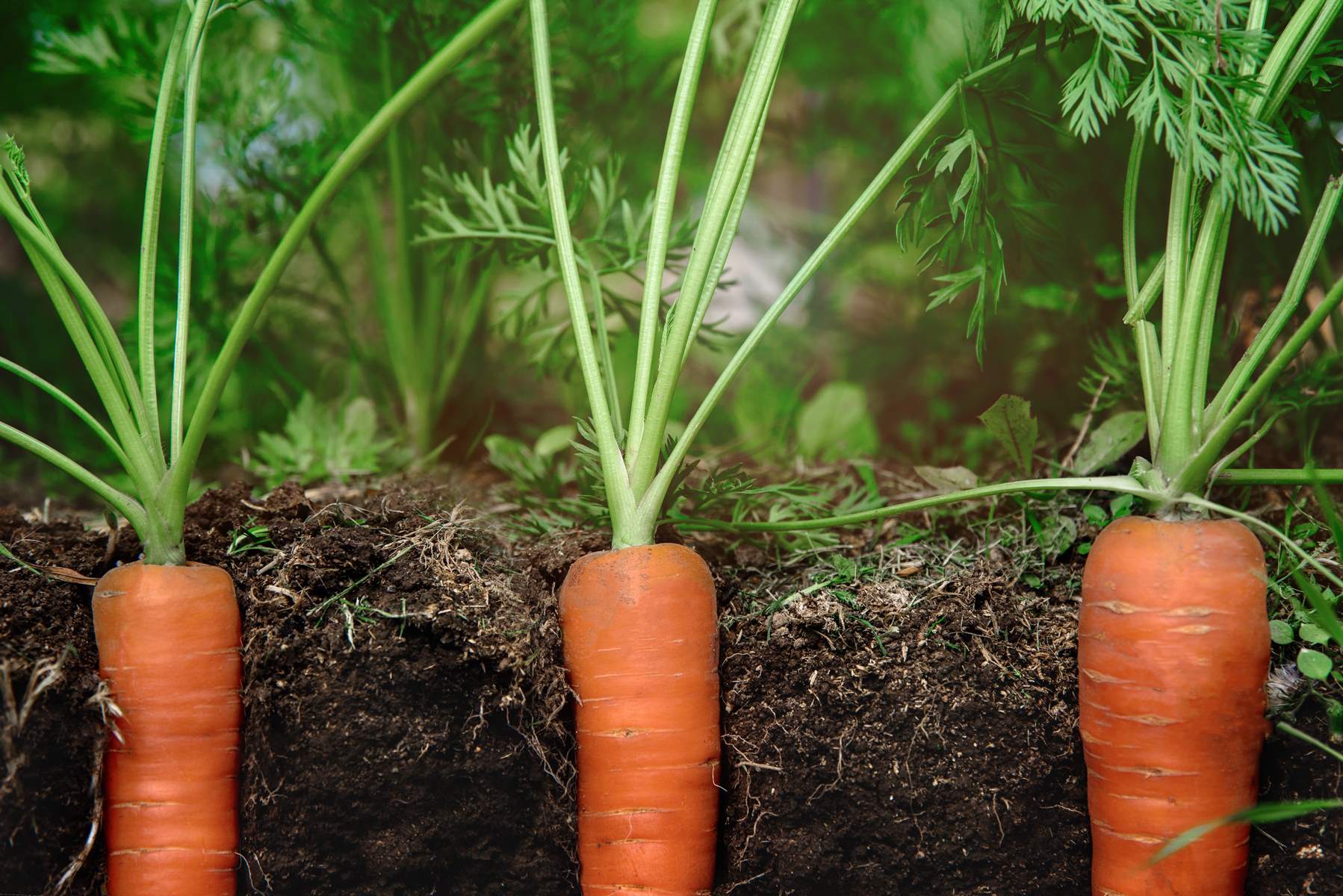

0 thoughts on “Where Are The Seeds In A Carrot”